JUMUN 2019
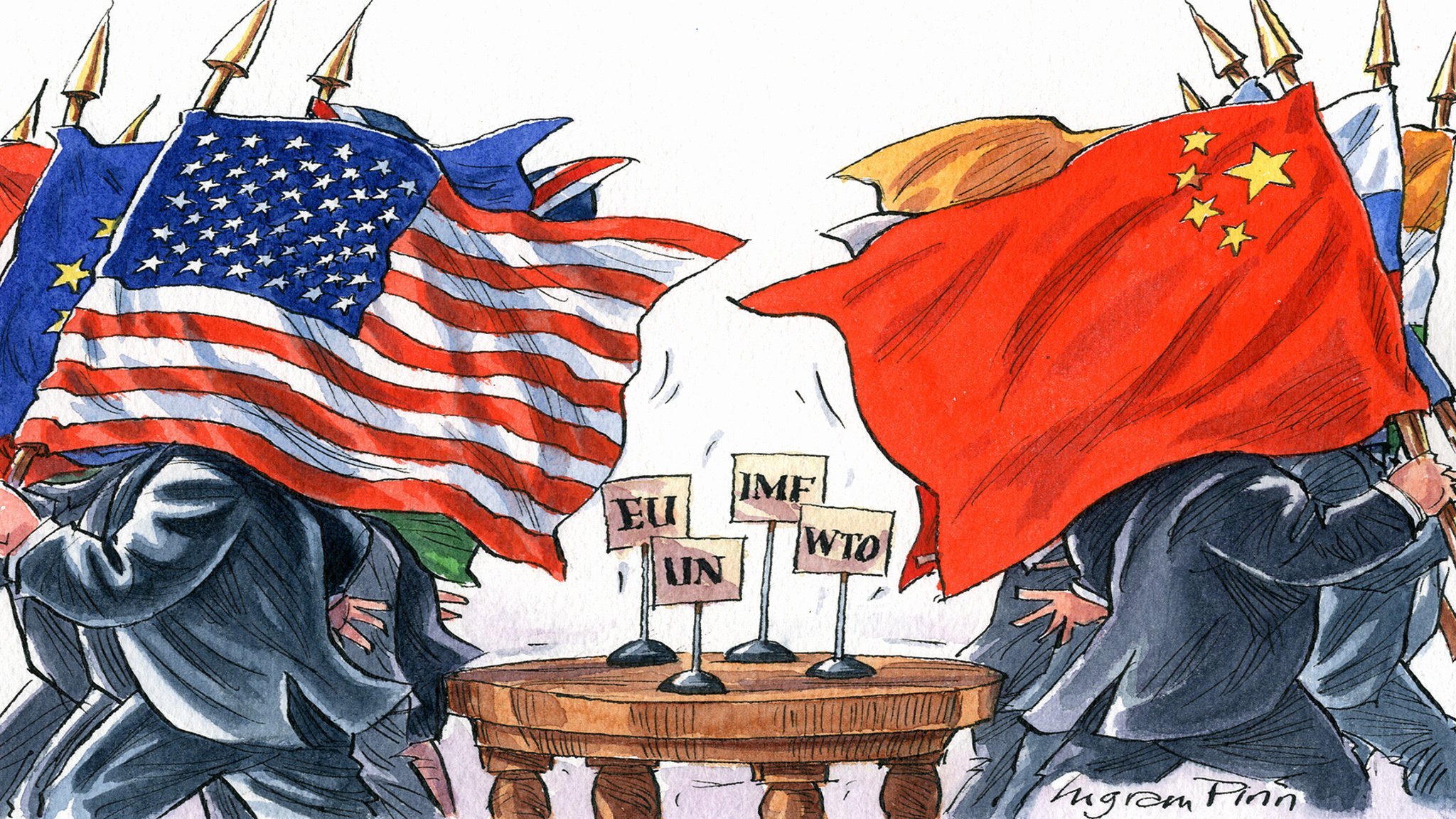

A Trade Showdown
Two of the largest economic powerhouses in the international community today are locked in an increasingly escalating battle. This warfare however involves trade. International trade is an important tool in the sphere of diplomacy and in this regard, a trade war is back-and-forth dispute wherein a country imposes tariffs on certain imports in order to restrict trade. Tariffs or certain quotas are imposed on imports and in a reactionary manner, foreign countries respond by protectionist measures. A trade war commences when a nation pursues such protectionist stances in an attempt to protect its domestic industry and job market and ideally yields a competitive advantage to domestic producers and suppliers in the short run. In the long run however the landscape is subject to change due to the looming dangers of job loss, depression of economic growth as well as a possibility of inflation due to high prices of imported commodities.
The War begins
After months of dispute and trade aggression, the trade war formally kicked in on the 6 th of July 2018, when US tariffs on 34 billion dollars worth of Chinese goods set in at 12:01 am while China retaliated with a revenge tariff package of equal value. This act was seen as the official launch of the war that had been brewing for months and China accused the US of ‘launching the biggest trade war in economic history’. Prior to this event, tensions with China had already been escalating since early 2018 with tariffs on Chinese solar panels aluminium and steel. Given the high demand for low-cost Chinese goods in USA, in March, China retaliated by imposing tariffs on US fruit, pork, steel pipes and recycled aluminium. For both the countries, trade deal negotiations had been on the table for some time but following a rigid impasse, US further reacted by imposing more tariffs on aerospace, information and communication technology as well as machinery were imposed and it was then that China retaliated with a wide-range of fees on a plethora of US goods.

In an attempt to halt the Made in China 2025 plan, the Trump administration presented the Jingping government with 5 demands advocating a mercantilist philosophy. Although some terms were amenable, major conditions including subsidization of tech companies and accusations of intellectual property theft were outright rejected. This deepened the discontent which then triggered more tariffs and a formal occurrence of the trade war.
Chinese tariffs specifically targeted high –value exports such as cars, crude oil as well as cash crops while the US hit back at sectors like aerospace, robotics, manufacturing and cars. The direct impact of these trade tensions was seen on China’s economic growth rate while US too faced a great number threats, namely in the region of private corporate investments with China. A broader shift in ethanol flow from US to China was seen, which stood as an example of how global commodity markets respond to government policies blocking free trade. Tonnes of US ethanol now follow a convoluted path via Malaysia where Asian- produced fuel is blended in order to bypass ASEAN laws in order to allow ethanol shipments to remain tariff-free. In turn, Malaysia has exported thousands of tonnes of ethanol to China for the first time in at least 3 years.
The Battles
The trade war was triggered with a purpose to tackle a few core regions of discontent. This war includes multiple battles with various allies and each battle utilizes a particular US rationale.
Battle #1: Solar Panel and Washing Machine imports injure US industries. The US International Trade Commission found that imports of solar panels and washing machines have caused injury to these respective domestic industries and hence ‘global restrictions’ must take place. On cue the Trump administration imposed tariffs in January which was followed by Chinese tariffs on US sorghum exports. This battle resulted in a formal complaint South Korea challenging these tariffs and China alleging that US activities have damaged Chinese trade.
Battle #2:Steel and aluminium as national security threats. In 2017 a National Security Investigation was conducted in this aspect and it published its findings to announce that such a security was indeed valid under the rarely used Section 232 of the Trade and Expansion Act. This was followed by immediate duties on such import items resulting in a similar move by the EU. The US however provided certain exemptions to the EU, Canada and Mexico which were promptly ended in June of 2018. This prompted both the EU and Canada to hit back with tariffs on agricultural products, jeans, yachts, motorcycles, peanut butter etc.

Battle #3:Unfair trade practices for technology, intellectual property. US Trade Representative Robert Lighthizer, self-initiated an investigation after receiving a memorandum from the President. This investigation then published reports stating that China is conducting unfair trade practices related to technology transfer, intellectual property, and innovation under Section 301 of the Trade Act of 1974. This report then triggered a back and forth game between both the countries who in turn kept on imposing tariffs worth billions of dollars, hitting both economies.
Battle #4:Autos as National Security Threat. Another investigation initiated by the Commerce department into imported autos and parts, stimulated the US government to declare 25% of tariffs on new commodities of the above category.
This measure was however a clearly protectionist initiated to protect US based automobile companies and provide them with a competitive advantage by limiting Chinese goods in the domestic market.
War with the EU
The rising tensions with China were supplemented by increasing discontent amongst the international community, especially Canada, Mexico, the EU and certain south-east Asian countries. In May of 2018, the US government began by declaring its intention of imposing tariffs on the EU to save aluminium industry jobs. Although Germany proposed an end to EU’s 10% tax on US auto imports, the 25% tax on European auto imports remained and was later followed by further EU tariffs on 3.2 billion dollars of US goods. Meanwhile, conciliatory agreements were made between the EU and Mexico which involved an upgrade of the existing agreement; another trade agreement between the EU and Japan was signed to end tariffs on goods worth nearly 152 billion dollars.
Diplomatically, rising tensions were reflected in the 2018 Ottawa G7 Summit given the heavy tariffs imposed by the Trump administration on aluminium and steel. Given the new US policy of ‘America first’, a disdain of diplomatic niceties and withdrawal from the Iran nuclear deal; a diplomatic breakdown between US and its G7 allies, especially Canada, was an alarming development. Although in July the EU and USA agreed to hold off on any new tariffs and the EU agreed to import more US liquefied natural gas, the continent’s dependence on the far cheaper Russian LNG remains as a bone of contention.
The Consequences
Diplomatic Relations

The international community began its retaliation by launching WTO legal complaints against such tariffs imposed by the US government. The beginning of the trade war with China seemed to have a cascading effect as tariffs and counter tariffs were declared by European countries, Canada, Mexico and the US. Although publicly US measures were denounced, retaliation began against China's alleged forced ownership-granting and usage of technology that is claimed to discriminate foreign firms and undermine the intellectual property rights of EU companies. American, Japanese and European official have discussed joint strategies to take action against unfair trade practices by China after the realization that WTO sanction mechanisms were often slow and ineffective. A US-Korea Free Trade Agreement and a modified US-Mexico-Canada agreement were designed specifically to prevent any non-market economy, especially China, from taking advantage of the agreement.
The problems with the international community however continued on many fronts as the US imposed tariffs on aluminium products while the EU hit back at imports of agricultural products. Diplomatic tensions nearly reached a breaking point at the 2018 G7 summit (often labelled by the media now as G6+Trump summit), after the announcement of the preliminary framework of a US-Mexico Trade Agreement that could potentially replace NAFTA. Naturally this did not sit well with Canada who threatened to declare tariffs and this led to a period of trade hostilities between the two long-time allies. The WTO and the IMF at this time declared the dangers of a global trade crisis and a weakening of the global economy after the series of tariff hikes by all involved parties.
Trade War: The economic pain and gain
The China-US conflict has resulted in somewhat of a snowballing effect with multiple sectors of the economy and the multiple economies of the world being affected.
Within the domestic market of China and USA, prices of consumer goods made from steel and aluminium have seen a sharp increase. Since most of Chinese goods are used by US manufacturers, costs have increased on imported clothes hangers, heavy-equipment material, computer chips and tool makers. The fisheries, cheese industry timber and grain exports have also seen a significant slowdown over the months.

Farmers have been among those hit hardest in Trump’s trade wars, as foreign countries have levied tens of billions of dollars in retaliatory tariffs largely on the American agricultural industry. The war resulted in taxes on American soybeans, dairy, pork, apples, and potatoes, as well as other US products. One of the most important points to be noted in the trade war narrative is the importance of the export and import of soybean between US and China. With a growing demand for animal feed, China was the world’s biggest buyer of soybean with the US state of Illinois being one of the largest producers in the world. The ongoing trade war complicated by an outbreak of African swine flu has remarkably reduced American export of soybean resulting in a slowdown of the economy. Given the fact that China slapped heavy tariffs on US soybean, nearly 94% (report by Chinese customs in October 2018) of its soybean import came from Brazil who in turn has benefited from the war. The war has ultimately resulted in a poor deal for American soybean farmers who have been faced with a situation of reduced demand, record-high soybean stocks and no outlet through exports.
Automobile and motorcycle companies have already felt the crunch and companies like Jaguar and BMW reported losses and were forces to increases prices, while companies like Harley Davidson shifted production from the US. China’s manufacturing sector slowing down, coupled withmany US companies facing the tough decision to hike prices has resulted in a slowdown of international trade.

From a macroeconomic point of view, there are no winners in a trade war. This war has only reflected a growing trend of protectionism which in turn harms global trade by hitting multinational companies where it hurts most. The timing of this war too was riddled with a series of mistakes as it occurred in a period of time as monetary stimulus is beginning to wear off, political risks are on the rise, immigration is a growing crisis and oil prices are fluctuating. Although the trade war has resulted in some major disruptions in global business, some major gainers could emerge in the long run. India is among a handful of countries that stand to benefit from the ongoing trade tensions between the world's top two economies - the US and China, the UN has said in its latest report. In the backdrop of the ongoing tariff dispute, countries that are expected to benefit the most from the trade war are the EU members as exports in the bloc are likely to grow by USD 70 billion. Companies in Europe, Mexico, Japan and Canada could add tens of billions of dollars in export orders if the conflict drags on, according to a study released by the United Nations Conference on Trade and Development. The reason is simple: bilateral tariffs alter global competitiveness to the advantage of firms operating in countries not directly affected by them.
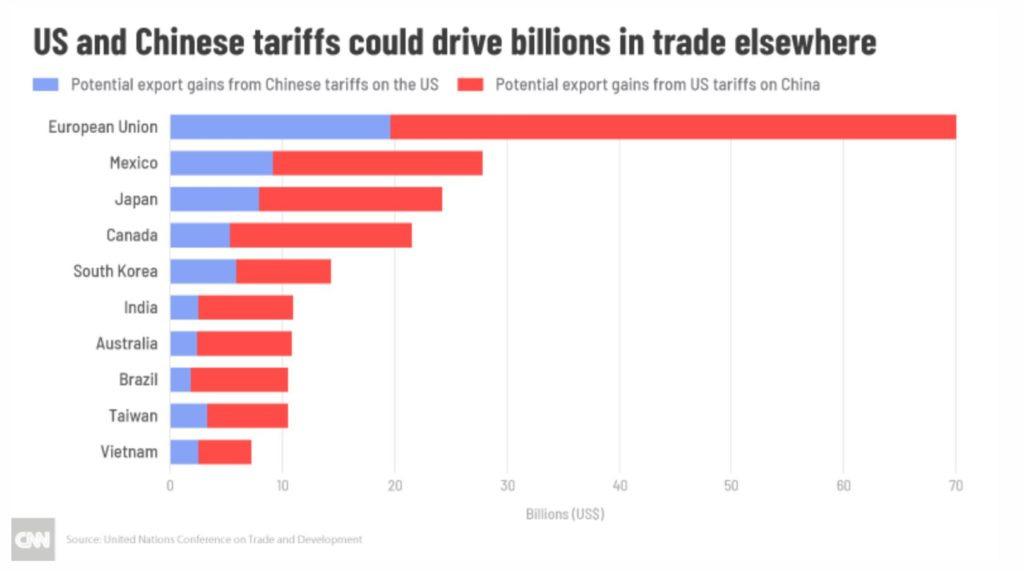
One major concern is the risk that trade tensions could spiral into currency wars, making dollar-denominated debt more difficult to service. This risk has also prevented countries like Brazil from capitalizing on this war as it fears losses on long-term investments in case the tariffs are reversed. Another worry is that more countries may join the fray and that protectionist policies could escalate to a global level.
A Truce?
The recent 90 day truce originating from the G20 summit may indicate some goodwill on behalf of either country to stall the war due to the mounting losses in the economy, but the reality may be far from different if the March 1 st timeline expires without any agreement in place between the US and China. A UN trade official has warned a US plan to raise tariffs on Chinese goods next month would have "massive" implications for the global economy in case the 90 day truce expires with no deal in place.
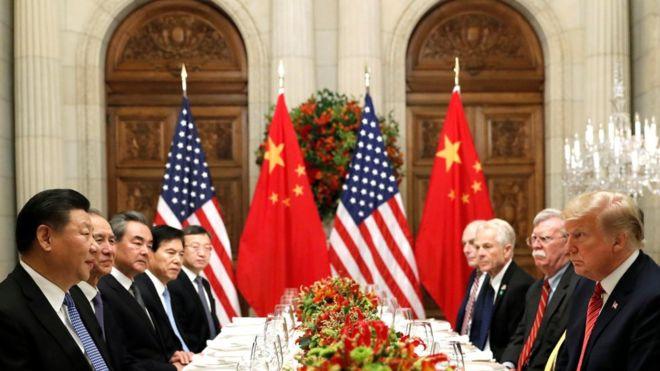
China has pretty much given up nothing in this deal because the future tariffs threatened from the Beijing side were retaliatory in nature and only to be applied if the United State escalated. For this it has gained a 90-day reprieve, during which time both sides have pledged to ramp up talks. There has already been an acknowledgement of US and China’s bona fide interest in the peace talks but an end to the war may be a distant possibility as these processes are not a suspension of the trade war but a suspension of the escalation of the war.
Not just a trade war
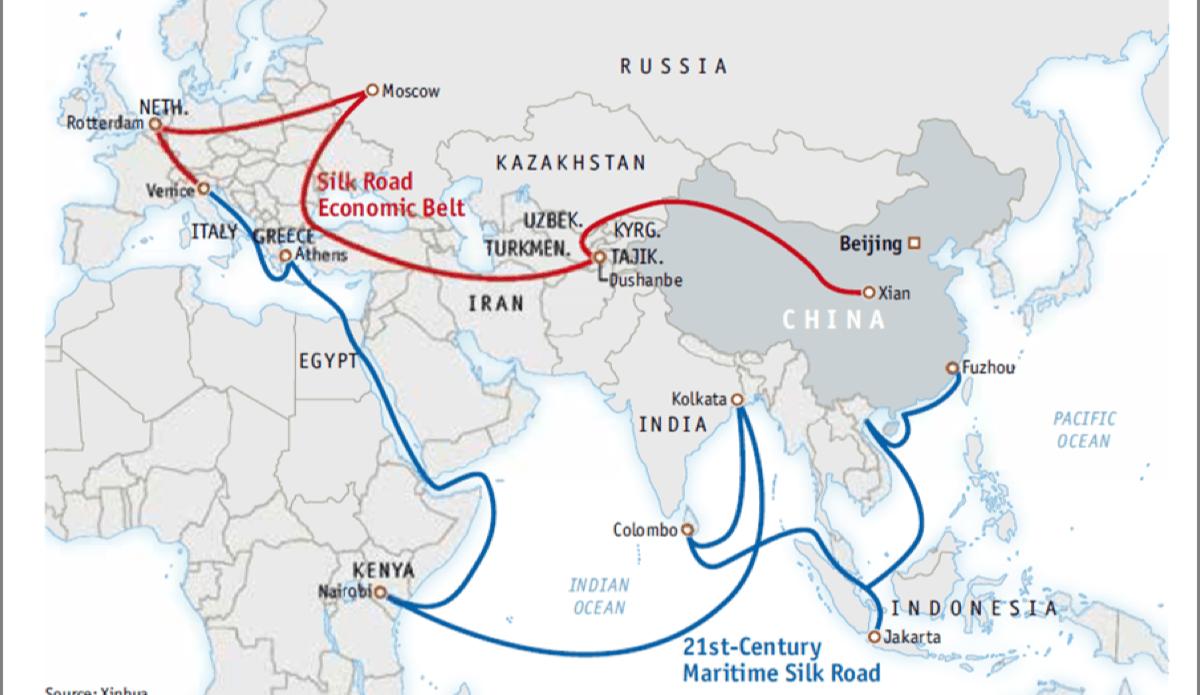
The US Secretary of State Pompeo’s overt attempts at punching holes in China’s One Belt One Road initiative is one of the few examples of US displeasure with Chinese foreign policy. On a trip to Latin America, Pompeo asserted that Chinese deals that seemed ‘too good to be true’ were part of the Chinese initiative to increase trade and investment links in Asia, Africa and beyond. With billions being invested in Africa, stronger faith in China by the African nations was reflected in the September 2018 Forum on China-Africa Cooperation. However, despite the African leadership's embrace of China as a valued partner, the view that Beijing is a "predatory" actor in Africa, attempting to recolonise the continent is also ubiquitous in foreign policy circles, media narratives and academia.
These attempts at modern day recolonisation of Africa by pumping in huge volumes of investment are not seen favourably by the West, especially USA. Papua New Guinea is the latest country to join China's One Belt One Road programme and it is yet another arena where you can expect the battle for influence between the US and China to play out. Hence the trade war declared by the US also decidedly seems to be a veiled attempt to limit the OBOR initiative that extends its parameters everyday by influencing nations like Pakistan and those in Africa.
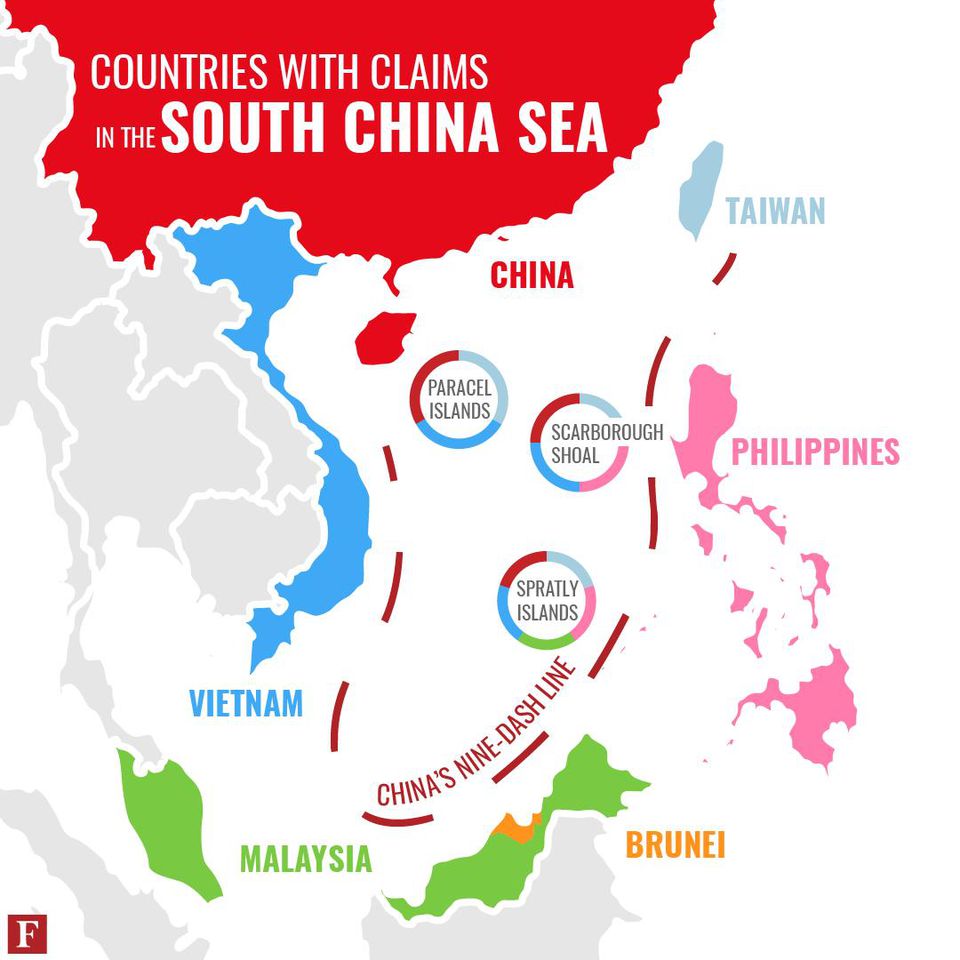
One of the other major concerns of the international community today remains focussed on Chinese operations in the South China Sea and the militarization and occupation of territory in the South China Sea, resulting in multiple disputes with countries like Malaysia, Vietnam, Indonesia and Brunei.
The intense political climate in the South China Sea continues to be one of the biggest security issues for the US and thus it is in the form of a trade war that Chinese expansions were supposed to be curbed. The country’s growing influencein the South Asian and African region represents the bigger picture, which is a greater global domination by China which is purely based on finance.
The US debt to China in the form of Treasury bills, notes and bonds coupled with the continued US dependence on cheap Chinese products is viewed as an effective tool of exploitation to win the trade and limit Chinese dominance. Therefore we can see that the trade war continuing between these two economies has much deeper underlying strands of conflict which are not only rooted in economics but politics and history as well.